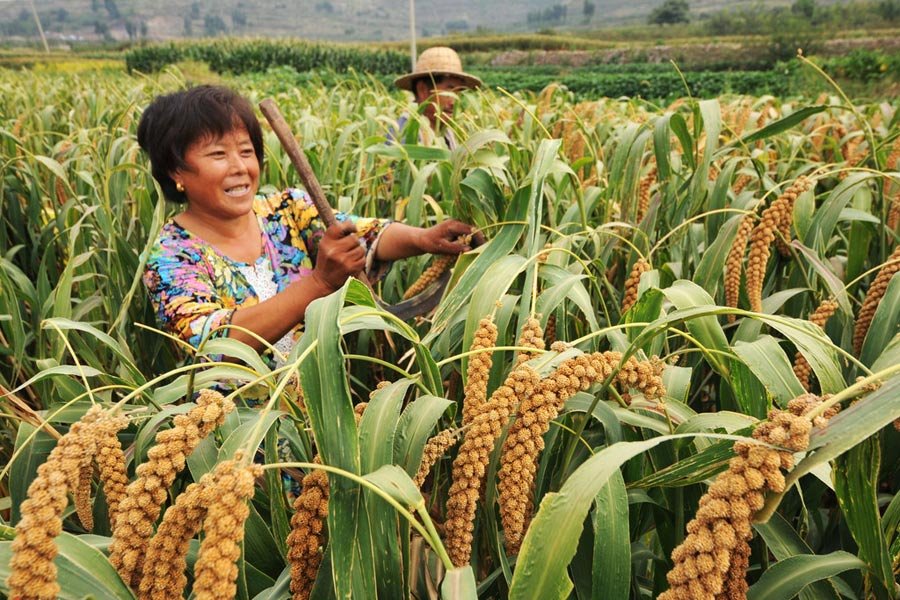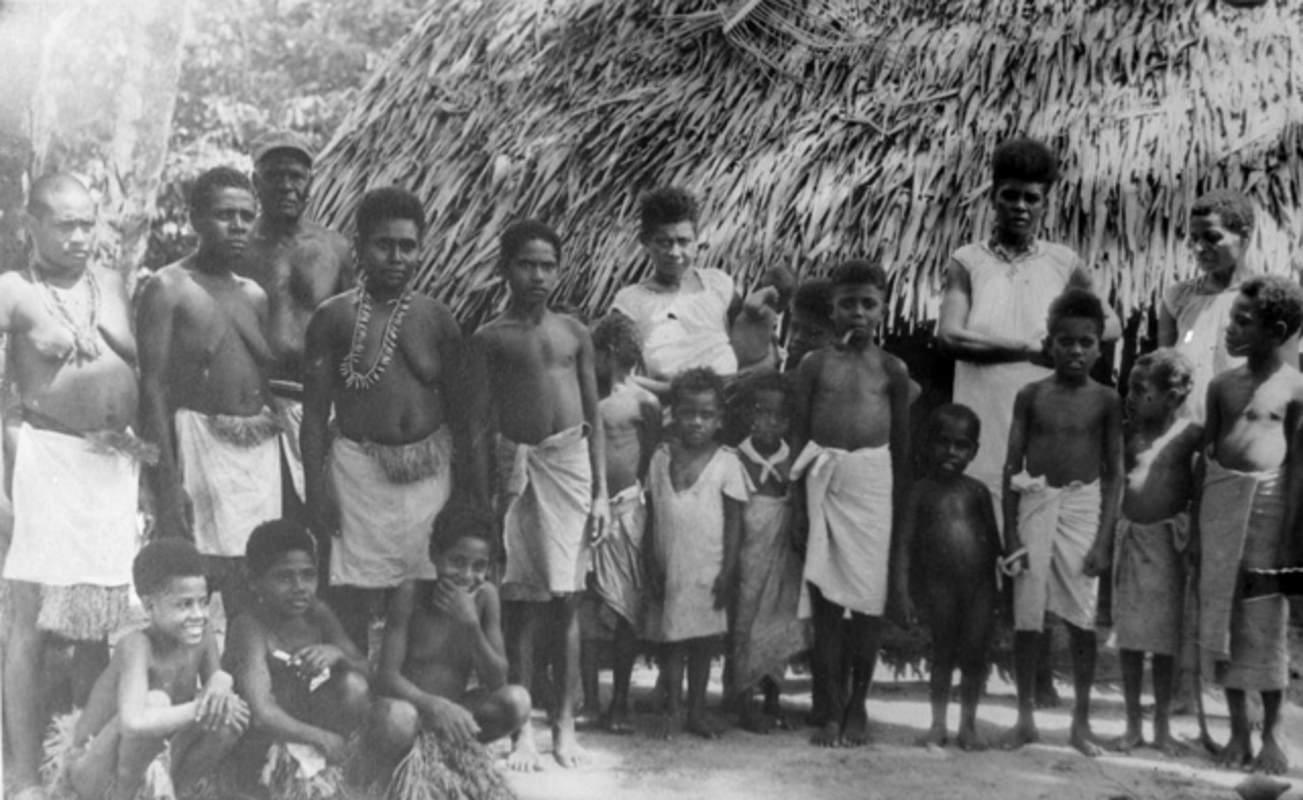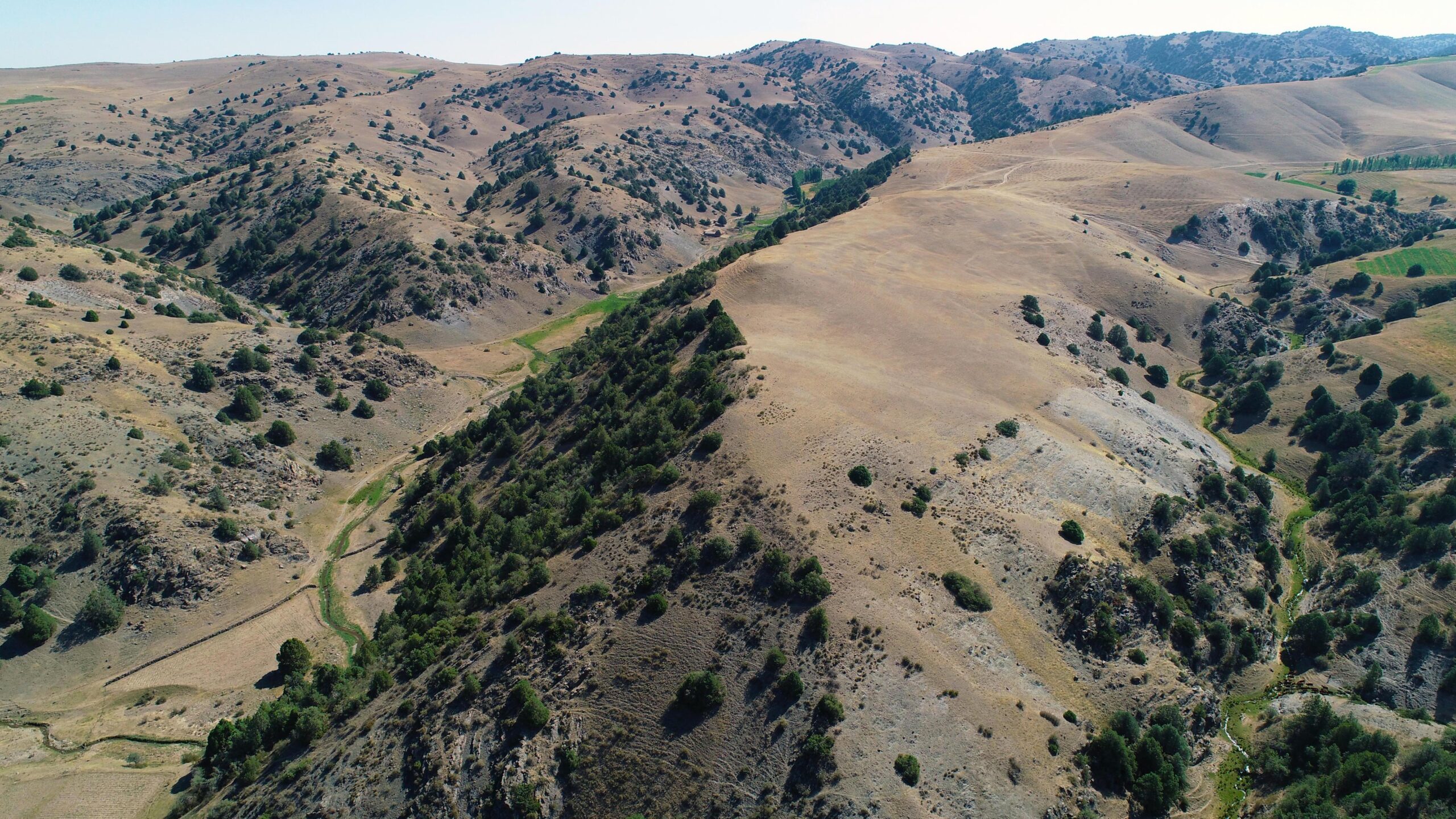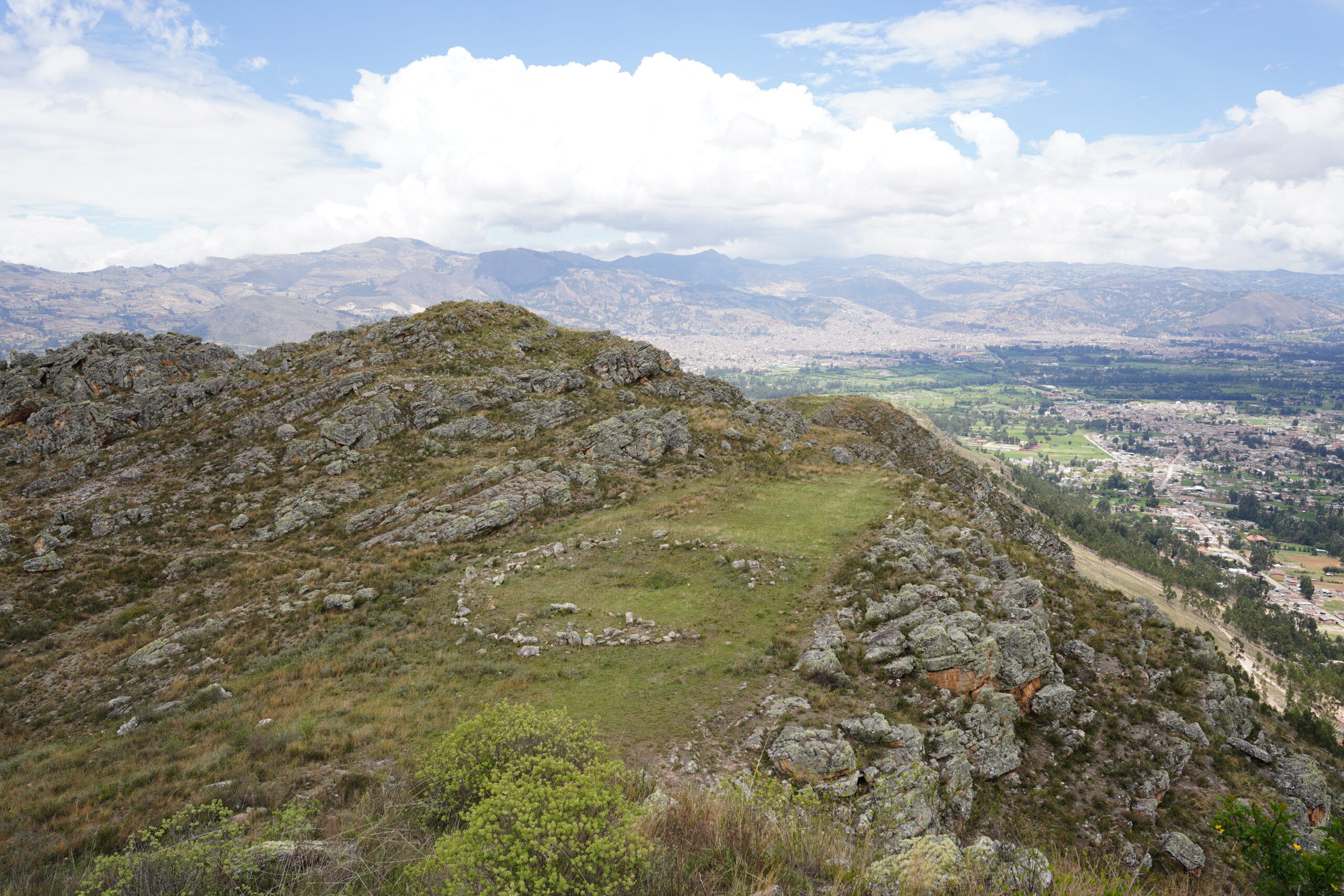PICTURED: A woman harvests millet in a field in Zaozhuang city, East China’s Shandong province, on Sept 7, 2016. PC: IC China Daily.
“언어가 복잡하다”: that’s a Google translation of the English words “language is complex,” in Korean. Indeed a single glance at the two pieces of text sums their statements up nicely, but scientists believe they have found the undisputed answer to one of the most complex linguistic origin stories there is.
What is the root language of all speakers, modern and historic of the Japanese, Korean, Tungusic, Mongolian, and Turkic language families? The answer is that Trans-Eurasian was invented by millet farmers in the Liao River Valley, modern-day China, about 9,000 years ago.
It’s ironic for two reasons, the first being that Chinese isn’t represented in this hypothetical family, the second being that when most people think of the famous Asian grain, one would consider rice, not millet.
Science reports that while a paper with such “large brushstrokes” is always going to be looked at leerily by scientists, the sheer amount of data the paper synthesized had a way of convincing Melinda Yang, a geneticist at the University of Richmond, into agreeing that the hypothesis lines up.
But where exactly does one go to look for the origins, through all the tumult of human history, of the first spread of language in a landmass the size of Eurasia? The researchers, led by Martine Robbeets from the Max Planck Institute for the Science of Human History, decided to look at simple archaic words like “field” and “pig” across the history of the major component language families and all their offshoots.
PICTURED: English: A photo of proso or broomcorn millet heads during dry down, taken in western Nebraska in the summer of 2017 at the University of Nebraska high plains agricultural lab. PC: Jschnable. CC 4.0.
The millet-man march
The idea that Trans-Eurasian even existed, much less that it came from millet farmers, was disputed before the paper began. Almost 80 languages would fall under its umbrella under the latest count, and some linguists feel there’s no need to trace them to a single source, though when it’s been done in the past, it’s how most things were spread across this vast spine of Asia, through pastoralists.
Teaming up with linguists from the represented countries, the authors built their hypothesized Proto Trans-Eurasian and found that it went back about 9,200 years ago and that its earliest uses contained many similarities between the small words associated with growing and harvesting a grain known as “broomcorn millet.” This included 98 languages, and 254 words.
Next, archeologists looked at 255 sites across the proposed language family tree countries, with dates ranging from 8,500 to 2,000 years ago, and found that from the Liao Valley in Northeast China, styles in pottery, burials, and the use of agricultural plants, tended to spread out over time along the same paths, and at the same speed, as the use of the examined words.
Finally, and for the most controversial part of their work, geneticists used DNA from the bones of 23 individuals living between 300 and 9,000 years ago and used a computer algorithm to predict how they might relate to each other and compared to a sample of 2,000 modern-day inhabitants of the related countries. The algorithm presented a common ancestor in or around the Liao Valley.
“It’s convincing,” Peter Bellwood told Science, an archaeologist at Australian National University who wasn’t involved with the work. “Languages don’t just go wandering off by themselves; they expand because the people who speak those languages spread”.
Broomcorn millet of all the grains in the world can produce the most grains from the fewest units of water, and it grows along a very short life cycle: about 60-days from sowing to harvest. It would give people a strong staple food source that wouldn’t involve heavy irrigation; a challenging feet before many, even ancient forms of irrigation, had been invented.
“Bringing together the spatiotemporal and subsistence patterns, we find clear links between the three disciplines (of archeology, linguistics, and genealogy)” the authors write. “The onset of millet cultivation in the West Liao region around the ninth millennium BCE can be associated with substantial related ancestry, and overlaps in time and space with the ancestral Transeurasian speech community.”





No one said it was “invented 9000 years ago”. The original study says those languages “split from a common ancestor 9000 years ago”. So the proto-transeurasion language could be rooting 60,000 years back for all we know. Dont manipulate scientific studies. I was looking for alternative sources as a reference for the study, and obviously yours is a wreck.